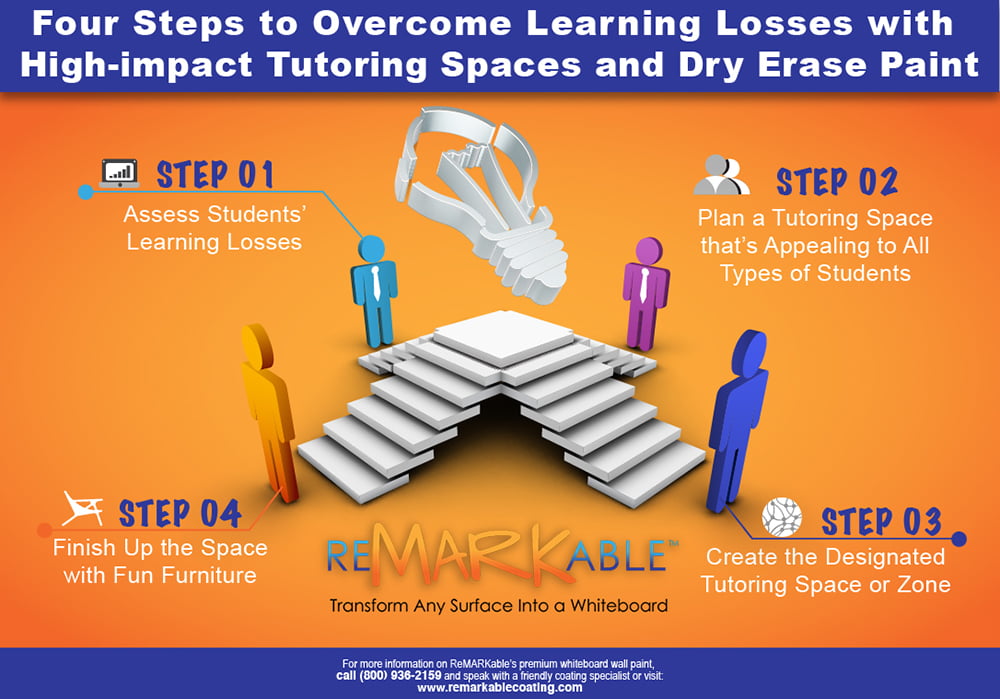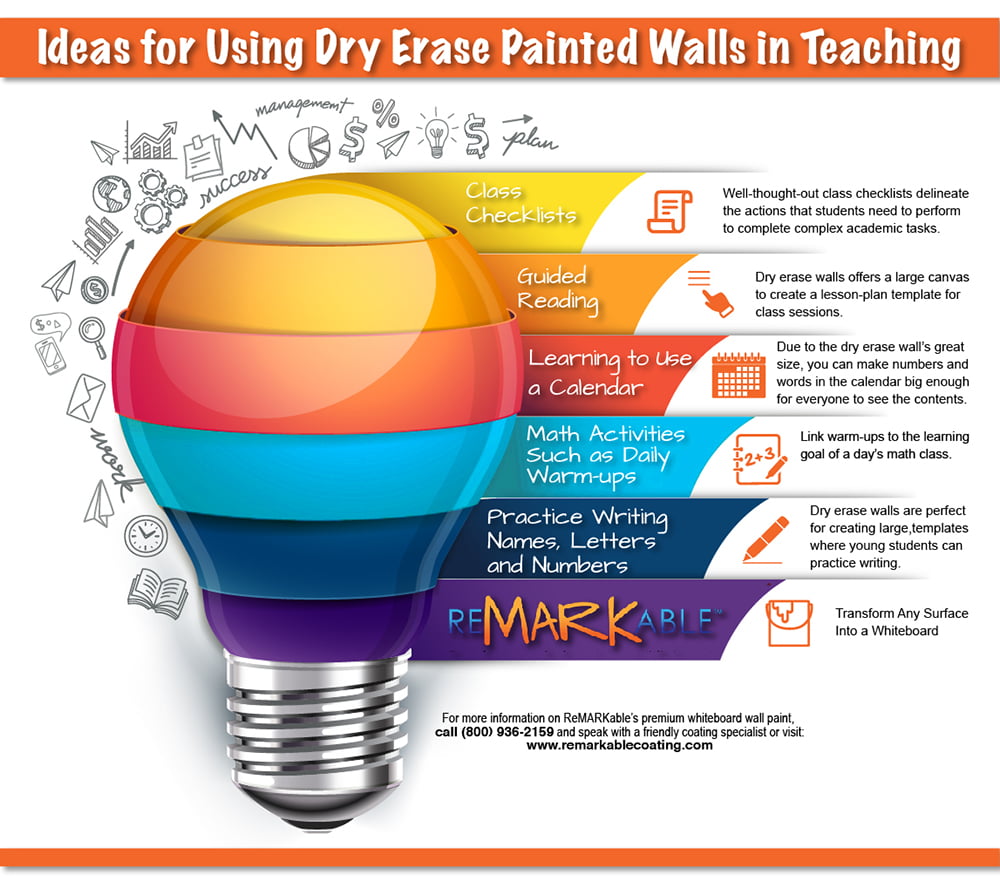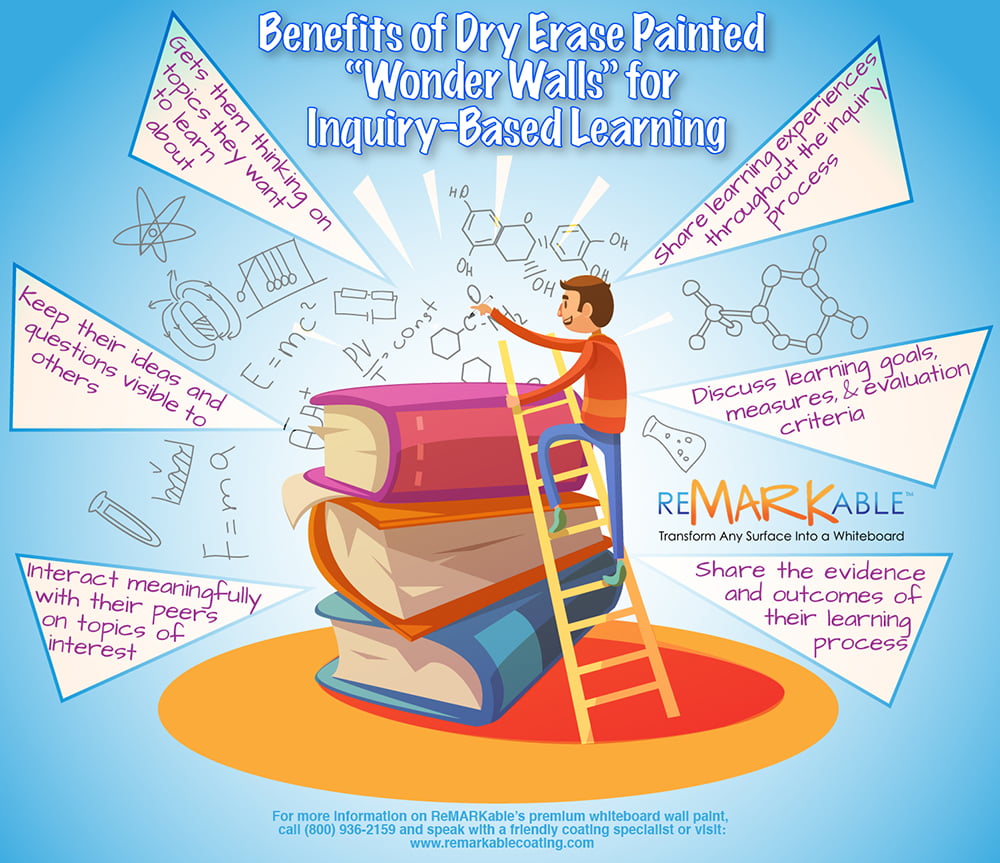
Dry Erase Wall Quotes for March 2022
April: The Angel of the Months
April, the name for the fourth month of the year in the Gregorian or Western calendar, is derived from the Latin Aprilis, a word whose meaning is unclear. Some scholars think that Aprilis comes from the Latin words aperire (meaning ‘to open’) or apricus (meaning ‘sunny’) since in the Northern Hemisphere, April is a month of Sun and the new opening or growth of plants and animals.
Another explanation for the origin of the word April involves Aphrodite, the ancient Greek goddess of love, beauty, and reproduction. The ancient Italian people known as the Etruscans called her Apru. Since the Romans adopted many Etruscan traditions, they celebrated the same goddess in the month of April.
What’s the Origin of April Fools’ Day?
On April 1, people around the world enjoy playing practical jokes on their friends, relatives, and coworkers. Depending on local customs, the victim of such a prank is referred to as a fool or a fish (poisson d’Avril or ‘April fish’ in French). Although it’s uncertain when the April Fools’ Day custom of playing tricks began, many theories exist about its origins.
One likely reason we play hoaxes on one another on April 1st is that winter is over: in the Northern Hemisphere, March and April put an end to the long dreary period of winter and bring new life to the land and its inhabitants. In many cultures, this phenomenon was and still is celebrated with lively festivities, dancing, and people making fun of one another.
Whatever the origins of April Fools’ Day may be, the month of April ushers in a time of renewal in nature and often inspires people to start afresh in a career or another aspect of life. Posting some of the following quotes on your dry erase wall may offer you some inspiration or a touch of humor to go along with the fun-loving month that heralds the start of spring.
Ideas and Sentiments for Your Dry Erase Wall about April
1. “April is the month of setting goals. Dream big this month to achieve them, as your dreams have the power to turn the impossible into the possible.”
– Anonymous
2. “They who meet on an April night are forever lost in love if there’s moonlight all about and there’s no moon above.”
– Yip Harburg (US popular song lyricist and librettist)
3. “It is a sort of April-weather life that we lead in this world. A little sunshine is generally the prelude to a storm.”
– William Cowper (English poet and hymn-writer)
4. “Good things take time. That’s probably the reason April is the fourth month of the calendar.”
– Anonymous
5. “April, April, laugh thy girlish laughter, and the moment after, weep thy girlish tears, April.”
– Angus Wilson (English novelist and short-story writer)
6. “Oh, to be in England now that April’s there.”
– Robert Browning (English poet and playwright)
7. “Snow in April is abominable,” said Anne. “Like a slap in the face when you expected a kiss.”
– L.M. Montgomery (Canadian author), Anne of Ingleside
8. “April splinters like an ice palace.”
– Ruth Stone (US poet, author, and teacher)
9. “Oh, the lovely fickleness of an April day!”
– W. H. Gibson (US author, illustrator, and naturalist)
10. “Although I was born in April, I’m quite certain I was not fully awake until October.”
– Peggy Toney Horton (US writer)
11. “Well-appareled April on the heel of limping winter treads.”
– William Shakespeare (world-renowned English playwright and poet)
12. “April sunsets somehow recall my buried life and Paris in the spring. I feel immeasurably at peace and find the world to be wonderful and youthful, after all.”
– Henry James (US-born British author)
13. “April, the angel of the months, the young love of the year.”
– Vita Sackville-West (English author and garden designer)
14. “Plunge into the deep without fear, with the gladness of April in your heart.”
– Rabindranath Tagore (Indian poet, writer, playwright, composer, philosopher, social reformer, and painter)
Thoughts of Nature in April
15. “The April rain, the April rain, comes slanting down in fitful showers, then from the furrow shoots the grain, and banks are fledged with nestling flowers.”
– Mathilde Blind (German-born English poet, fiction writer, biographer, essayist, and critic), “April Rain.”
16. “If April showers should come your way, they bring the flowers that bloom in May.”
– Buddy de Sylva (US songwriter, film producer, and record executive)
17. “I have seen the Lady April bringing the daffodils, bringing the springing grass and the soft, warm April rain.”
– John Masefield (English poet and writer)
18. “Black butterflies making love – April moon.”
– Mike Garofalo (US sports writer and announcer)
19. “Every tear is answered by a blossom Every sigh with songs and laughter blended April blooms upon the breezes toss them April knows her own and is contented.”
– Sarah Chauncey Woolsey (US children’s author), “April”
20. “I had not thought of violets of late, the wild, shy kind that spring beneath your feet in wistful April days.”
– Alice Dunbar-Nelson (US poet, journalist, and political activist)
21. “April is in the world again, and all the world is filled with flowers. Flowers for others, not for me! For my one flower I cannot see, lost in the April showers.”
– Richard Le Gallienne (English author and poet)
22. “April is the cruelest month, breeding lilacs out of the dead land, mixing memory and desire, stirring dull roots with spring rain.”
– T.S. Eliot (US-born British poet, essayist, publisher, playwright, literary critic, and editor)
23. “When April comes with softly shining eyes and daffodils bound in her wind-blown hair. Oh, she will coax all clouds from out the skies, and every day will bring some sweet surprise. The swallows will come swinging through the air when April comes!”
– Virna Sheard (Canadian poet and novelist)
24. “April, by thy hand, caressed from her breast. Nature scatters everywhere handfuls of all sweet perfumes, buds, and blooms, making faint the earth and air.”
– Remy Belleau (French Renaissance poet)
25. “In April, the first soft, tender, delicate green of spring salutes the eye in every direction.”
– Joseph Grimaldi (English actor, comedian, and dancer)
26. “Daffodils blossom and tulips jostle to the front of the stage in April. I love these early perennials. They may be more modest, but they nearly all have that one special quality that a plant needs to transform your affections from admiration to affection — charm.”
– Monty Don (British horticulturist, broadcaster, and writer)
27. “April is a month of melody. In April, you can hear the warbling of mockingbirds and the chattering of squirrels.”
– Ellen Jackson (US educator and activist)
28. “And at the break of morning, we will hear the piping of the robin’s crystal clear, while bobolinks will whistle through the days when April comes!”
– Virna Sheard (Canadian poet and novelist)
Thoughts on April Fools’ Day
29. “Here cometh April first again, and as far as I can see the world hath more fools in it than ever.”
– Charles Lamb (English essayist and poet)
30. “Some people can’t be fooled on April Fool’s Day because they were fooled too many times during their entire lifetimes.”
– Akash B Chandran (Indian web designer)
31. Rhymes for April — let me sing The pleasures of returning spring … Fools are made, by far the worst, On other days besides the First.
– William Makepeace Thackeray, Albert Smith, Gilbert à Beckett, and The Brothers Mayhew (English authors), “April Rhymes,” The Comic Almanack for 1835
32. “The first of April is the day we remember what we are the other 364 days of the year.”
– Mark Twain (world-renowned US humorist and author)
33. “Yet still when the famed first of April returns … I dread the approach.”
– Matthew Gregory Lewis (English novelist and dramatist), “Grim, King of the Ghosts”




















